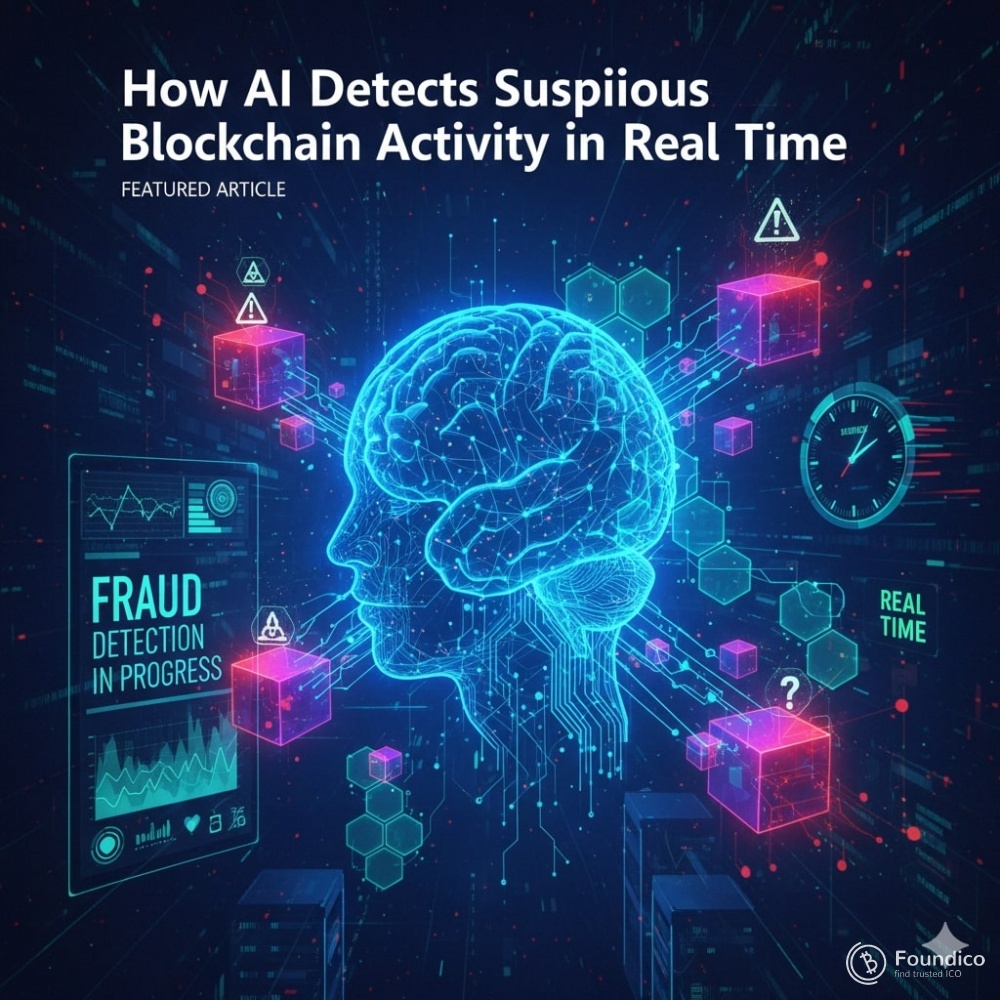How AI Detects Suspicious Blockchain Activity in Real Time

By Dr. Pooyan Ghamari, Swiss Economist and Visionary
The Rising Challenge of Blockchain Illicit Activity
Blockchain technology promises transparency and immutability, yet its pseudonymous nature has made it a fertile ground for illicit activities, from money laundering to ransomware payments. Traditional monitoring relies on post-hoc analysis, but the speed of transactions demands real-time intervention. Artificial intelligence now bridges this gap, scanning vast networks instantaneously to flag anomalies before damage spreads.
Pattern Recognition in Transaction Graphs
At the core of AI-driven detection lies pattern recognition within transaction graphs. Blockchains like Bitcoin and Ethereum generate millions of transactions daily, forming complex webs of addresses, amounts, and timestamps. Machine learning models, trained on historical data of known fraud—such as mixing services or phishing wallets—identify deviations from normal behavior. For instance, a sudden cluster of high-value transfers through newly created addresses triggers alerts, as these often signal "peel chains" used to obscure funds.
Real-Time Stream Processing Architectures
Real-time processing leverages stream computing architectures. Data streams from node APIs or oracles feed directly into AI engines, bypassing batch delays. Graph neural networks excel here, propagating information across connected nodes to detect subtle links. A single suspicious input can ripple through the model, evaluating heuristics like velocity (transaction frequency), volume spikes, or geographic inconsistencies inferred from IP relays.
Anomaly Detection Algorithms on the Frontline
Anomaly detection algorithms form the frontline. Unsupervised models, such as isolation forests or autoencoders, learn the "normal" baseline without labeled data. They assign anomaly scores: a transfer exceeding 95th percentile thresholds in a wallet's history might score high if it deviates in timing or counterparties. Supervised techniques, like random forests or gradient boosting, incorporate labeled examples of sanctioned addresses to refine predictions with precision.
Integrating Heuristics and Behavioral Profiling
Beyond raw data, AI builds behavioral profiles for wallets over time. Clustering algorithms group similar entities, revealing shared controllers behind multiple addresses. When a profile suddenly shifts—say, from low-volume retail activity to rapid cross-chain bridges—flags rise. Heuristics layer in rules, such as detecting "dusting" attacks where tiny amounts probe for wallet linkages.
Graph-Based Propagation and Link Analysis
Graph neural networks elevate detection by treating blockchains as dynamic graphs. Nodes represent addresses; edges denote transactions with weighted attributes. Message-passing layers update node embeddings in real time, uncovering hidden paths. A tainted input from a known darknet market can taint downstream recipients within milliseconds, enabling proactive freezes on exchanges.
Handling Privacy-Preserving Blockchains
Privacy coins like Monero pose unique challenges with ring signatures and stealth addresses. AI counters by analyzing metadata—timing patterns, input/output ratios, and network flows. Even obfuscated, repetitive behaviors emerge: frequent round-number withdrawals or synchronized multi-chain movements betray intent.
Deployment in Compliance Ecosystems
Exchanges and regulators deploy these systems via on-chain oracles and API gateways. Alerts integrate with risk engines, automating holds on suspicious inflows. False positives drop as models retrain on feedback loops, balancing security with user experience.
Future Horizons: Adaptive and Federated Learning
Looking ahead, federated learning allows institutions to collaborate without sharing raw data, enhancing global models. Adaptive AI will predict evolving threats, such as AI-generated smart contract exploits, staying one step ahead in this cat-and-mouse game.
AI transforms blockchain surveillance from reactive forensics to predictive guardianship, ensuring the ecosystem's integrity without compromising its decentralized ethos.
